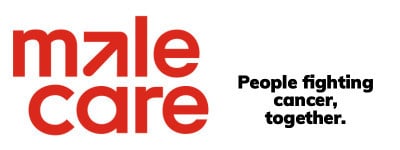Cancer chemotherapy agents historically have been administered intravenously or by an injection. In recent times there have been a number of emerging oral chemotherapy. Most of us strongly prefer the oral drugs as they are a convenient and noninvasive alternative to intravenous and injected therapies.
Additionally, many of the intravenously delivered chemotherapy drugs target and kill both cancer and healthy cells, causing many more negative side effects and a deterioration of the quality of life. However, oral chemotherapy drugs often only target specific cancer-causing cells without eliminating healthy cells. Additionally, many oral chemotherapy drugs do not have intravenous or injected substitutes.
Despite these facts there is an inequity in how much some cancer survivors need to pay toward the cost of their therapy. Health plans categorize the oral chemotherapy drugs as prescription drugs and not as part of a medical benefit, This characterization make many survivors liable to pay co-payments and out-of-pocket expenses that are much higher than those for intravenous or injected chemotherapy.
This inequity can block a patients’ access to oral therapies which may be the most appropriate or only treatment option available. Many of us have high out-of-pocket costs for our prescription medications which we do not have for the injected therapies. For many, this causes severe financial hardship for survivors. It often leads to some of us not following the directions or even to forgoing treatment to save the cost.
We need to talk with our state legislators and describe this problem. Then we need to encourage them to pass legislation that would prevent insurers from charging a higher co-payment, deductible, or coinsurance amount for an oral chemotherapy drug than what is required for an intravenously administered or injected anti-cancer drug.
Joel T Nowak, M.A., M.S.W.

Leave A Comment